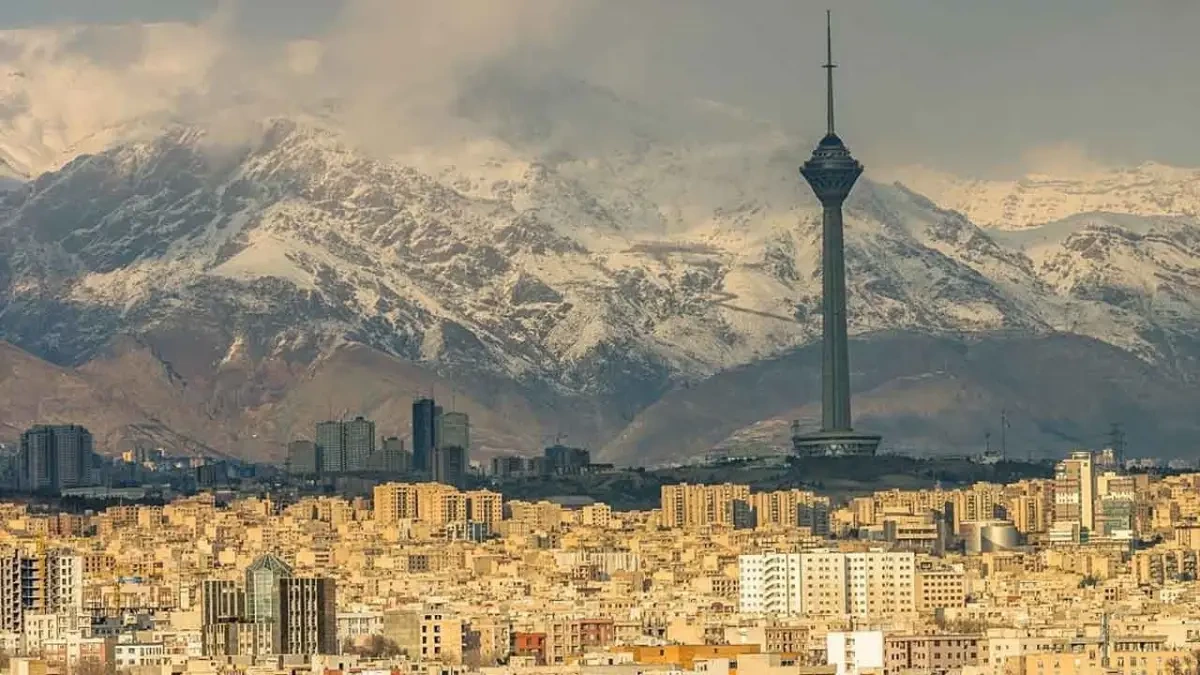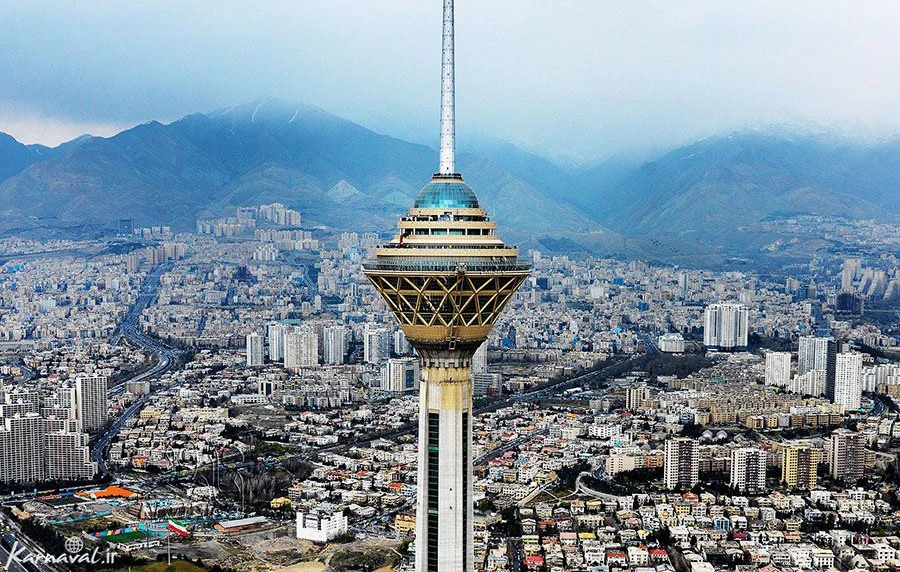The Resilience Media of Iran and Its Role in Enhancing National Resilience

This paper will explore the resilience media in Iran and its significance in strengthening societal resilience.
The Resilience Media of Iran and Its Role in Enhancing National Resilience
In contemporary societies, resilience is regarded as one of the fundamental components of sustainable development.
Particularly in light of the current circumstances in Iran, which is grappling with various challenges such as climate change, economic crises, and social transformations, the media can play a pivotal role in bolstering the country’s resilience.
This paper will explore the resilience media in Iran and its significance in strengthening societal resilience.
Chapter One: The Concept of Resilience and the Need for Media
Resilience refers to the capacity of a community to confront crises and challenges. This concept becomes particularly critical when societies face natural, social, and economic threats.
In this context, the media play an essential role in shaping public perception, providing accurate information, and encouraging social participation.
Chapter Two: Resilience Media in Iran
The resilience media of Iran encompasses a range of media outlets and informational activities aimed at promoting discourse on resilience, raising awareness, and supplying the necessary information to enhance resilience against challenges.
These media include print media, digital platforms, social networks, and television programs that elucidate and analyze community needs across various domains.
Chapter Three: The Role of Media in Enhancing Resilience
1. Awareness-Raising and Information Dissemination
The media serve as a crucial bridge between the government, organizations, and the populace. By delivering accurate and up-to-date information regarding the state of society, existing challenges, and potential solutions, they can enhance public awareness.
For instance, in the context of managing natural disasters, the media can coverage critical news and necessary educational content for the public, thus contributing to the enhancement of resilience.
2. Promoting Social Participation
Media outlets can foster dialogue and exchanges of ideas, thereby motivating the public to engage in addressing social and economic issues.
Such participation can strengthen social cohesion and instill confidence in confronting challenges. By showcasing successful projects and positive role models, the media can inspire collective action.
3. Critique and Analysis
Media entities represent one of the vital instruments for critiquing and analyzing government policies and programs.
By examining the impacts of these policies on the lives of individuals, the media can aid in refining and improving such initiatives. This critique can enhance resilience by promoting transparency and accountability in response to community needs.The Resilience Media of Iran and Its Role in Enhancing National Resilience

Chapter Four: Challenges Facing Resilience Media in Iran
Despite the potential for media to play a positive and impactful role in bolstering resilience, they also encounter significant challenges.
One such challenge is the political and social pressures that can restrict media freedom, hindering the accurate reporting of issues.
Additionally, the widespread public distrust in media outlets, coupled with the dissemination of misinformation, presents further difficulties that undermine public confidence and, in turn, diminish resilience.
Conclusion
The resilience media in Iran can significantly contribute to societal resilience by effectively raising awareness, encouraging social participation, and providing critical analyses of policies.
However, in order to achieve this objective, it is imperative to overcome existing challenges and establish an environment where media can operate freely to inform and generate content.
Ultimately, the enhancement of resilience is feasible only through the collective efforts and collaboration of all stakeholders involved.

